Today's Top Picks
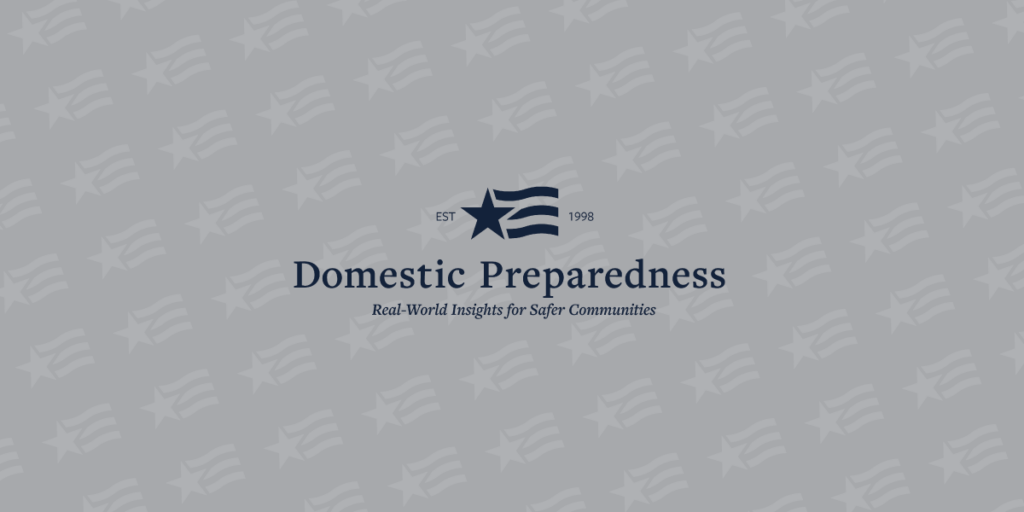
Public Health Preparedness– Finding Its Path Forward
Public health preparedness has emerged and matured as a distinct discipline since the events of 9/11 and the subsequent Ameri-thrax attacks. Although, in the past, public health agencies were pushed to the forefront of various emergencies, the planning and infrastructure for public health emergency response were not funded and not in place until after 2001. This article describes the gaps that need to be addressed as the discipline continues to face public health emergencies worldwide.

Making Communications a Predictable Lifeline Solution
Community lifelines ensure that businesses and the government can continue functioning and society can thrive. However, a breakdown in daily operations is inevitable when one or more lifeline is lost. In communications, this means a disruption in technology that has become interwoven into societal norms – talking, texting, data transfer, social media, etc. This article shares possible solutions to the predictable loss of the communications lifeline.

How The Best Get Better: Partnerships & A Trifecta Disaster
Japan is more prepared for future disasters due to communications and annual investments into exercises and drills with local and international partners. Tokyo Disney Resort leveraged private-public partnerships to increase preparedness in employees, guests, business services, critical infrastructure facilities, and government stakeholders to manage future disruptions caused by natural disasters. A private-public partnership helped align business needs and supported risk-information decision-making during a complex, large-scale disaster.
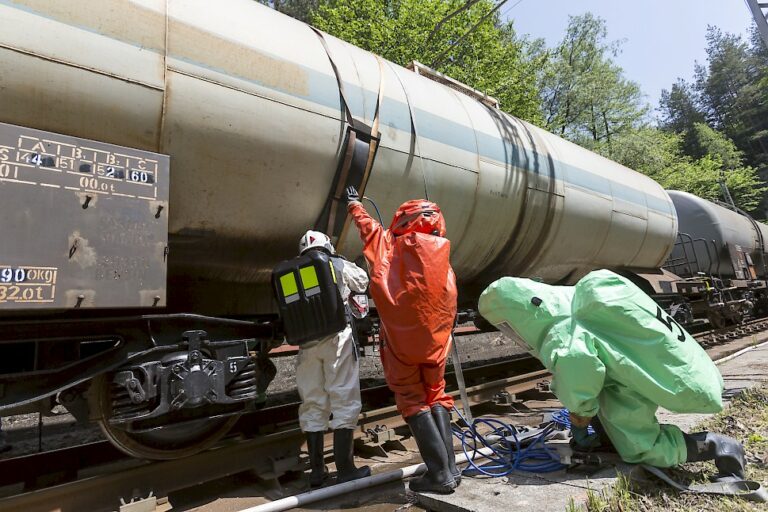
The Risk-Based Approach to Hazardous Material/WMD Incidents
Low-frequency, high-consequence events are rare, emergency responders still need to be able to evaluate these complex problems and determine initial actions. To avoid being overwhelmed and increasing the risks to both responders and civilians, emergency responders need to be able to quickly identify all potential hazards, then predict the outcome when a hazardous material or weapon of mass destruction¬ (WMD) incident occurs. This article explains how a risk-based approach will better prepare responders for future situations.

Crowd Behavior & Elaborated Social Identity Modeling
Law enforcement agencies are tasked with protecting life and safety as well as the civil liberties of those within their jurisdictions. Crowds present even more complex and dynamic scenarios. However, this research on crowd psychology can help law enforcement officers navigate these complexities on an operational level. Being able to gauge crowd behavior would help officers make more informed planning and response decisions and reduce the risk of civil unrest.
Trending
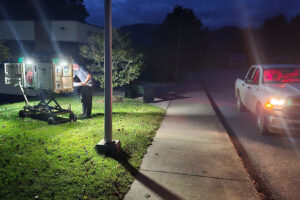 Bridging Communication Gaps: Lessons from Hurricane Helene by Greg Hauser Hurricanes in 2024 caused widespread damage to infrastructure, leading to a critical but often overlooked issue: isolation. Physical and technological…
Bridging Communication Gaps: Lessons from Hurricane Helene by Greg Hauser Hurricanes in 2024 caused widespread damage to infrastructure, leading to a critical but often overlooked issue: isolation. Physical and technological… A Systems Thinking Approach to Improving Emergency… by William Chapman “PACE” planning helps organizations fail gracefully, but systems thinking reduces the likelihood of failure altogether. Combining both approaches helps organizations…
A Systems Thinking Approach to Improving Emergency… by William Chapman “PACE” planning helps organizations fail gracefully, but systems thinking reduces the likelihood of failure altogether. Combining both approaches helps organizations… Disaster Stress Management in an Emergency Operations Center by Mary Schoenfeldt Disasters affect responders and community members, but they also bring trauma to those working inside emergency operations centers. Distance from…
Disaster Stress Management in an Emergency Operations Center by Mary Schoenfeldt Disasters affect responders and community members, but they also bring trauma to those working inside emergency operations centers. Distance from… Why Emergency Management Is a Good Career for… by Mathew Perrill For many service members, the transition from the military to a civilian workforce can be challenging. They have been trained…
Why Emergency Management Is a Good Career for… by Mathew Perrill For many service members, the transition from the military to a civilian workforce can be challenging. They have been trained…Trending
 Disaster Stress Management in an Emergency Operations Center by Mary Schoenfeldt Disasters affect responders and community members, but they also bring trauma to those working inside emergency operations centers. Distance from…
Disaster Stress Management in an Emergency Operations Center by Mary Schoenfeldt Disasters affect responders and community members, but they also bring trauma to those working inside emergency operations centers. Distance from… Why Emergency Management Is a Good Career for… by Mathew Perrill For many service members, the transition from the military to a civilian workforce can be challenging. They have been trained…
Why Emergency Management Is a Good Career for… by Mathew Perrill For many service members, the transition from the military to a civilian workforce can be challenging. They have been trained… Bridging Communication Gaps: Lessons from Hurricane Helene by Greg Hauser Hurricanes in 2024 caused widespread damage to infrastructure, leading to a critical but often overlooked issue: isolation. Physical and technological…
Bridging Communication Gaps: Lessons from Hurricane Helene by Greg Hauser Hurricanes in 2024 caused widespread damage to infrastructure, leading to a critical but often overlooked issue: isolation. Physical and technological… A Systems Thinking Approach to Improving Emergency… by William Chapman “PACE” planning helps organizations fail gracefully, but systems thinking reduces the likelihood of failure altogether. Combining both approaches helps organizations…
A Systems Thinking Approach to Improving Emergency… by William Chapman “PACE” planning helps organizations fail gracefully, but systems thinking reduces the likelihood of failure altogether. Combining both approaches helps organizations…Trending
Bridging Communication Gaps: Lessons from Hurricane Helene by Greg Hauser Hurricanes in 2024 caused widespread damage to infrastructure, leading to a critical but often overlooked issue: isolation. Physical and technological…
A Systems Thinking Approach to Improving Emergency… by William Chapman “PACE” planning helps organizations fail gracefully, but systems thinking reduces the likelihood of failure altogether. Combining both approaches helps organizations…
Disaster Stress Management in an Emergency Operations Center by Mary Schoenfeldt Disasters affect responders and community members, but they also bring trauma to those working inside emergency operations centers. Distance from…
Why Emergency Management Is a Good Career for… by Mathew Perrill For many service members, the transition from the military to a civilian workforce can be challenging. They have been trained…
Domestic Preparedness Journal
Featured in this issue
- Special Units and Underutilized Resources
- Law Enforcement and Multidisciplinary Teams
- Public Order Policing Units in Disasters
- State Defense Forces in Emergency Response
- Emergency Carcass Operations
- Wildfire PREsponse: Closing the Gap With Mitigation
- Scouts and the Value of Prepared Youth
- Service Dogs: What First Responders Need to Know
- Emergency Management for Transitioning Veterans
- Podcast – Reframing Hurricane Response: Craig Fugate on Survivors as a First Line of Defense
- Podcast – Built to Serve: Chief Jeffrey J. Wittig on TIFMAS, Teamwork, and Emergency Response
Articles Out Loud

Article Out Loud – Law Enforcement Collaboration Within Multidisciplinary Teams
June 25, 2025
This is an article by Richard Schoeberl and Anthony (Tony) Mottola, an Article Out Loud from Domestic Preparedness, June 25,

Article Out Loud – State Defense Forces: The Untapped Backbone of Emergency Response
June 25, 2025
This is an article by Robert Hastings, an Article Out Loud from Domestic Preparedness, June 25, 2025. As disasters become


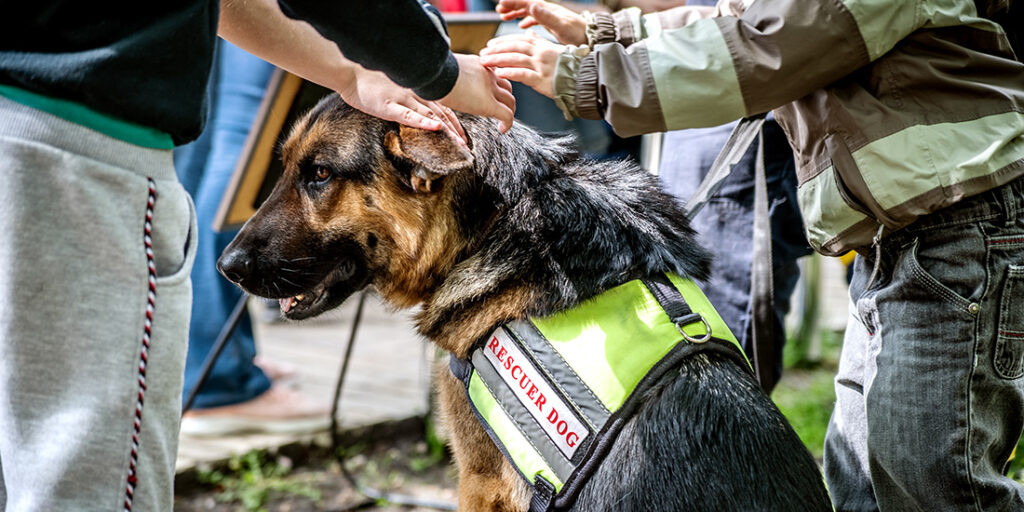
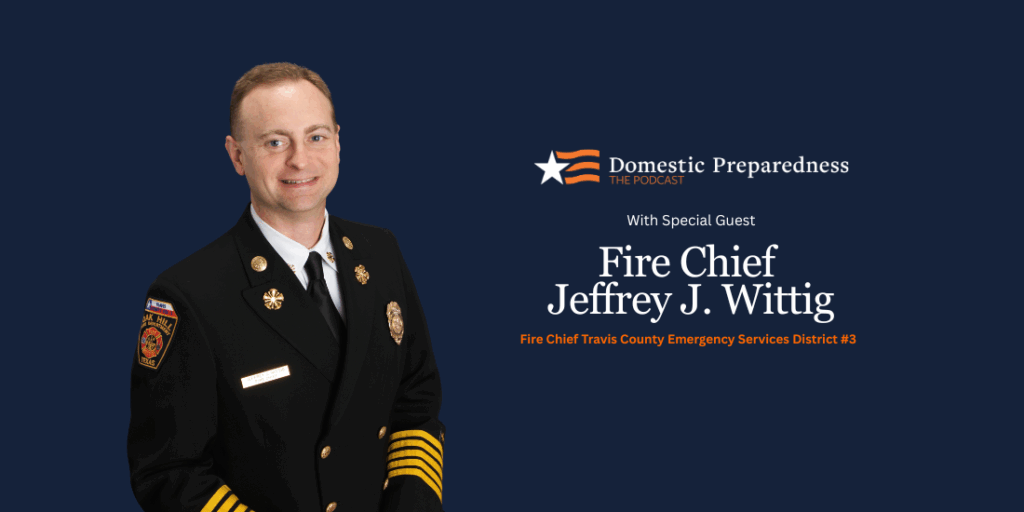
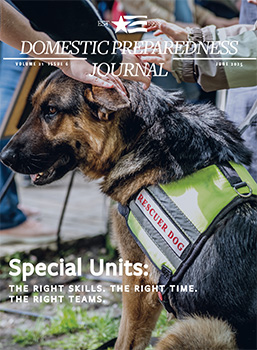

Public Safety Grant Programs Changes – A 10-Year Review